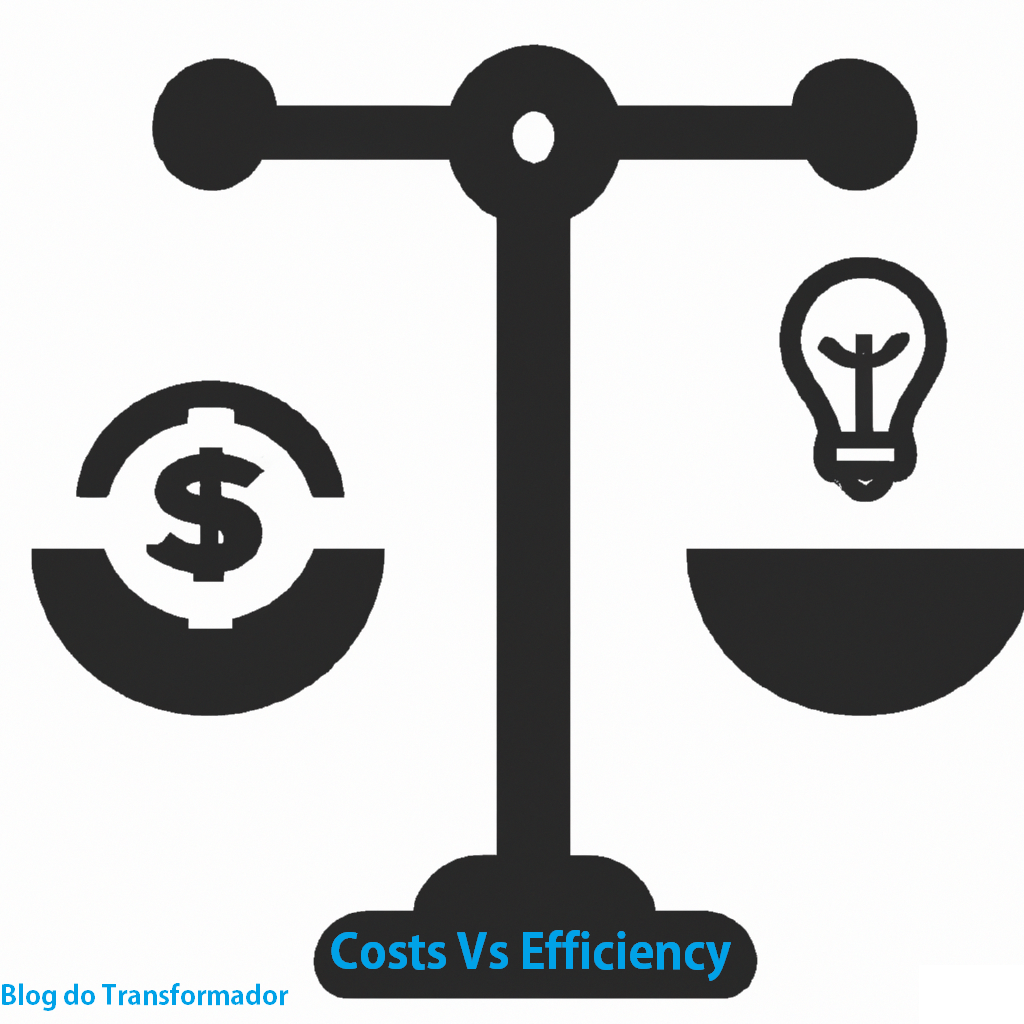The weight of the core and coils in an electric transformer is an important factor in determining the overall balance between cost and efficiency. The core provides the magnetic path for the transformer, while the coils are responsible for carrying the electrical current.
The ratio of the weight of the core to the weight of the coils, known as the “core-coil ratio,” can have a significant impact on the transformer’s efficiency and cost.
A higher core-coil ratio, with a heavier core and lighter coils, can result in a more efficient transformer that is less susceptible to losses due to leakage flux. However, using more material in the core also increases the cost of the transformer.
On the other hand, a lower core-coil ratio, with a lighter core and heavier coils, can result in a less efficient transformer that is more susceptible to losses due to leakage flux. However, using less material in the core can lower the cost of the transformer.
Finding the optimal balance between cost and efficiency will vary depending on the specific application, as it depends on the required power capacity, transformer size, and the operating conditions.
In general, for a transformer with high power capacity, the core-coil ratio tends to be higher, whereas for a transformer with low power capacity the core-coil ratio tends to be lower. And for a transformer that is subjected to a harsh environment, such as high temperature or vibration, a higher core-coil ratio will be needed to increase the transformer’s durability and reliability.
Moreover, the size and type of the core material also play an important role in determining the core weight. For example, using an amorphous core instead of a traditional laminated core can lead to a lower core weight and a better balance between cost and efficiency.
